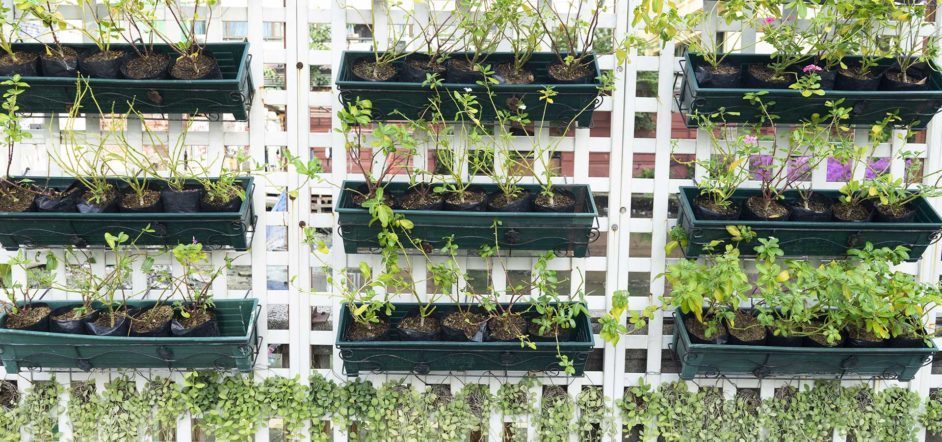Therapeutic Gardens
Services offered include:
- Workshops for professionals and individuals who would like to create a therapeutic garden in their work setting
- Site visits at locations who would like to create a therapeutic garden but need assistance how to accomplish to the task.
Therapeutic gardens are used as a therapeutic intervention nationally and internationally with individuals, small groups, and communities to increase overall life satisfaction, create healthier lifestyles, build social and family relationships, and decrease physical signs of stress (Park, Tsunetsugu, Kasetani, Kagawa, & Miyazaki, 2010; Cipriani, Benz, Holmgren, Kinter, McGarry & Rufino, 2017; Mason, Conneeley, 2012).
Gardens and outdoor spaces can be universally implemented; they are both a passive and active activity with individuals or groups, in exploring co-occupations, in school-based settings, in short and long-term skilled nursing facilities, and in community settings (Cipriani et al, 2017; Subica, Grills, Douglas & Villanueva, 2016). Garden and outdoor spaces can build alliances with other health professionals, nonprofits, and community businesses.
Therapeutic gardens provide practitioners of many fields with vast possibilities of meaningful interventions due to the flexibility to use the space in an active or passive capacity. In an active capacity, participants can plant vegetables, deadhead flowers, harvest and cook with traditional or exotic fruits and vegetables, take long slow strolls in a park to increase overall endurance, allow for the opportunity to work with others cooperatively, and exploring a new leisure occupation or reconnect with a past hobby. Passively, therapeutic gardens and outdoor spaces create a gentle calmness which allow for quiet sharing time, reflective conversations, and sharing space among others. These places can provide temporary retreats to self-regulate from the strong stimuli or stressful events of the day.
Therapeutic gardens and outdoor spaces are universally used by occupational therapists, nurses, social workers, physical therapists, and nonprofessional individuals to increase overall life-satisfaction and healthy lifestyle choices among individuals and communities. Hence, it could be used as a tool for all therapeutic personnel which could increase the overall carryover when the client is discharged and implements these activities into their daily lives.

